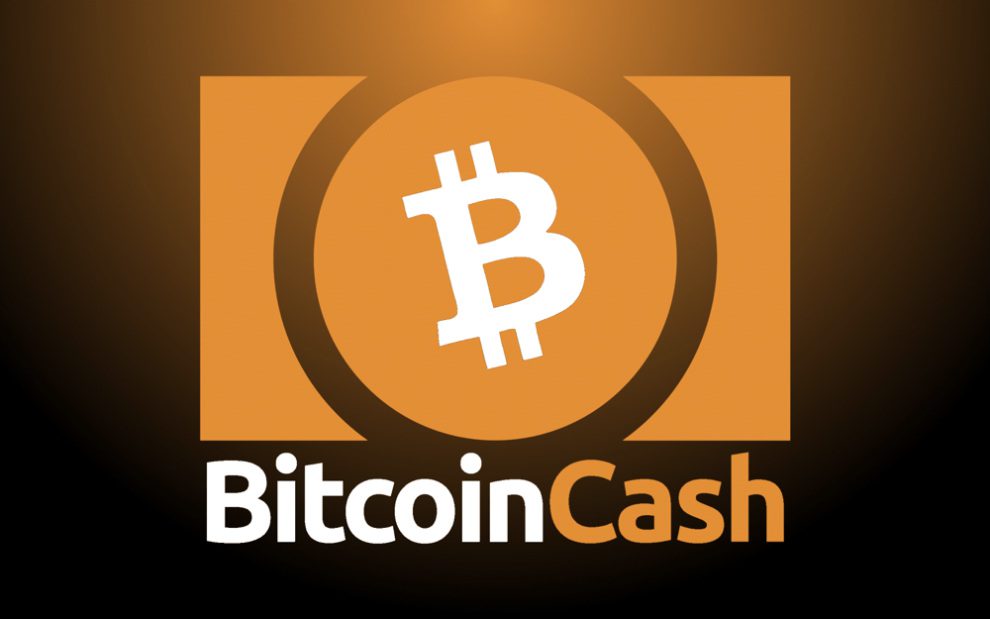Blockchain forks are splits in the native network of some token, where the restructuring of said asset is possible. In open source networks, anyone can propose improvements and alter it, thus allowing a new system to be created on top of the existing one. The option to experiment with open source software is a core part of cryptocurrencies that also makes it easy to upgrade blockchain software. The case of Bitcoin Cash is one of the best examples to understand how these events work.
What is Bitcoin Cash?
Bitcoin Cash (BCH) is a cryptocurrency that was born in August 2017 as a fork of Bitcoin (BTC). It emerged as a more literal "interpretation" of what was stated in the Bitcoin whitepaper.
The idea would be to return to a peer-to-peer electronic cash system, lowering commissions and facilitating the validation of transactions. Please understand how these events work.
It can be said that Bitcoin Cash was born with a more philosophical meaning. According to the developers, Bitcoin has become a store of value, it is no longer used as it was in the beginning.
Among the differences between both cryptocurrencies, there is the size of the blocks, the speed of validation of the transactions or the cost of the commissions of each transaction.
Features of Bitcoin Cash
Let's make a brief summary of the main characteristics of BCH:
- Bitcoin Cash is based on the Bitcoin source code, with some slight changes
- The supply is also capped at 21 million BCH. Note that the emission did not start from scratch, but continued from the point of the fork. Those who had BTC before the hard fork can claim their BCH free of charge
- It is based on proof-of-work consensus, like Bitcoin
- Blocks become 32MB in size
- Some allege that BCH aligns with the idea put forth by Satoshi in his whitepaper.
- Bitcoin Cash mining difficulty is adjusted after each block using the difficulty adjustment algorithm
- Bitcoin Cash does not implement SegWit
- Bitcoin Cash in 2019 implemented Schnorr signatures (which recently came to Bitcoin via Taproot)
- They want to implement the smart contracts in future updates

How scalable is Bitcoin Cash?
The biggest problem with Bitcoin is that it has a capacity to process 5-8 transactions per second. It is speculated that with Taproot it could go up to about 12 transactions per second, although it is not clear.
Thanks to SegwitX, Bitcoin supports 2MB blocks, if necessary, although blocks are usually 1MB, more or less. Supporting blocks with a higher capacity was rejected on the grounds that security was put at risk. This caused quite a few conflicts between miners, developers and the community.
This is one of the main reasons why BCH was created. BCH blocks were initially up to 8MB, with the intention of increasing the number of bearable transactions per second. It is currently 32MB, thinking about smart contracts and decentralized finance.
What is the difference between Bitcoin and Bitcoin Cash?
Bitcoin can be said to have the same programmatic underpinnings as Bitcoin Cash, as BCH uses the same code as BTC. They both share the same consensus, the same encryption algorithms or block emission time.
But there are some small differences between both projects. BCH changed ECDSA signatures to Schnorr signatures, to improve security, scalability, and reduce transaction size. And now with the Taproot deployment in Bitcoin, after being accepted this past summer, the network has grown even further apart.

Regarding block size, Bitcoin now supports blocks of up to 4MB, while Bitcoin Cash blocks can be as large as 32MB. Among other things, this should allow transactions to be validated earlier and the costs per transaction to be lower.
These two blockchains used to be based on proof-of-work consensus and being open source, anyone could propose improvements or create solutions on top of them. It should be noted that anyone who had a Bitcoin wallet with bitcoins in it before the hard fork can claim the same amount in BCH.
They also differ by the cost of transactions or commission. BTC transactions within the blockchain are usually expensive, while BCH is cheaper. We must emphasize that BTC allows the use of the Lightning Network, whose transactions are free of charge.
They also differ in mining difficulty upgrades. Bitcoin updates the difficulty every 2016 blocks (about 14 days) while BCH adjusts the mining difficulty after each block.
Like Bitcoin, BHC has a block time of 10 minutes (approximately) and a maximum supply of 21 million coins. As with Bitcoin, in BCH every 210,000 blocks (about 4 years) the reward per block is reduced by half, in a process called halving.
Share Posts
Copy Link
cryptouniversity.networkblog/what-i...



